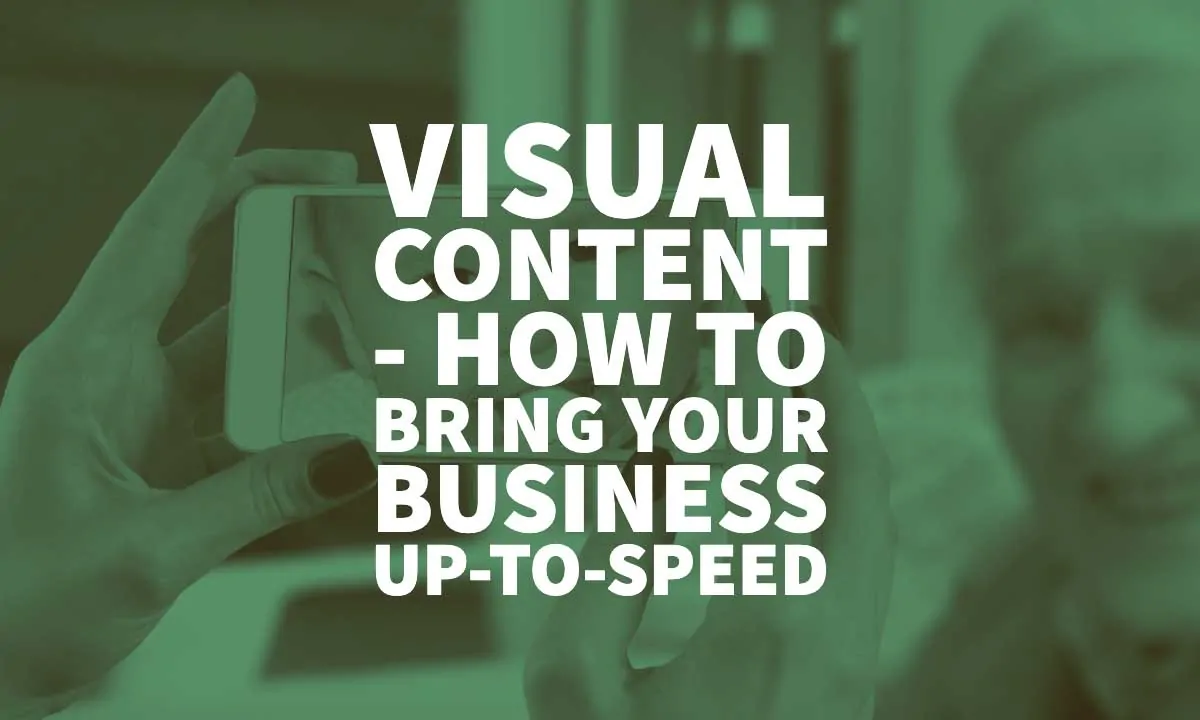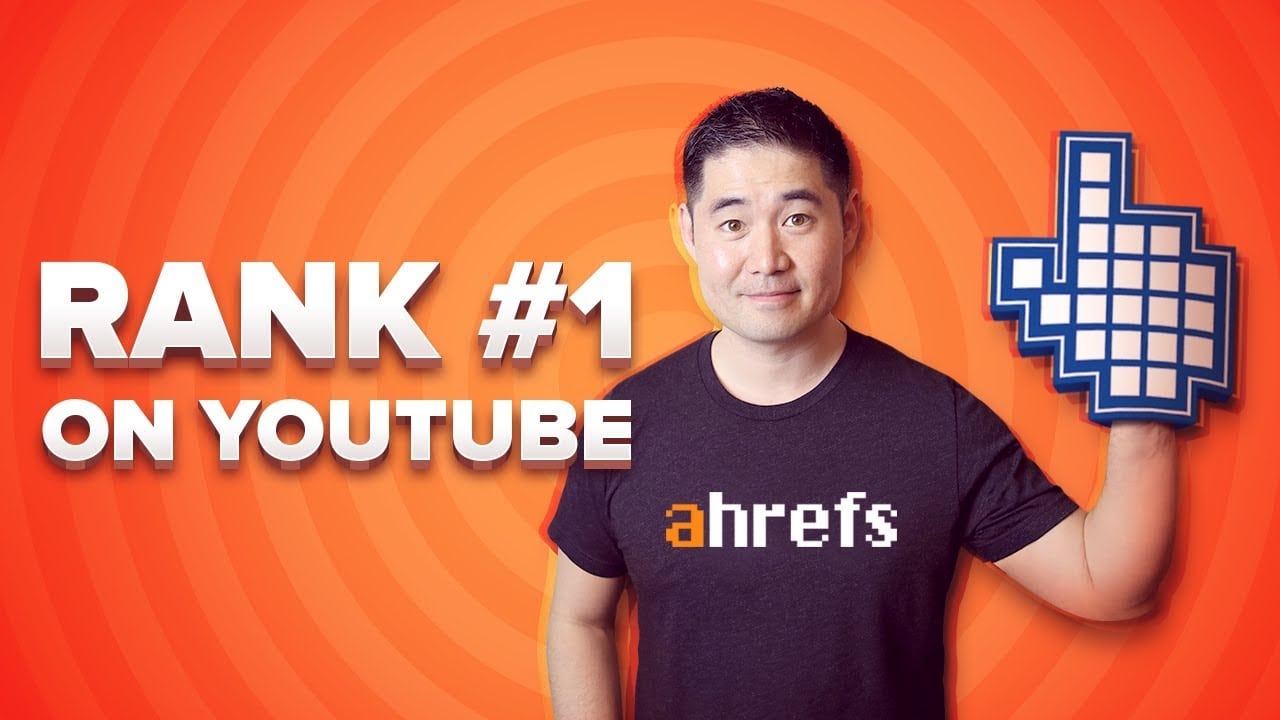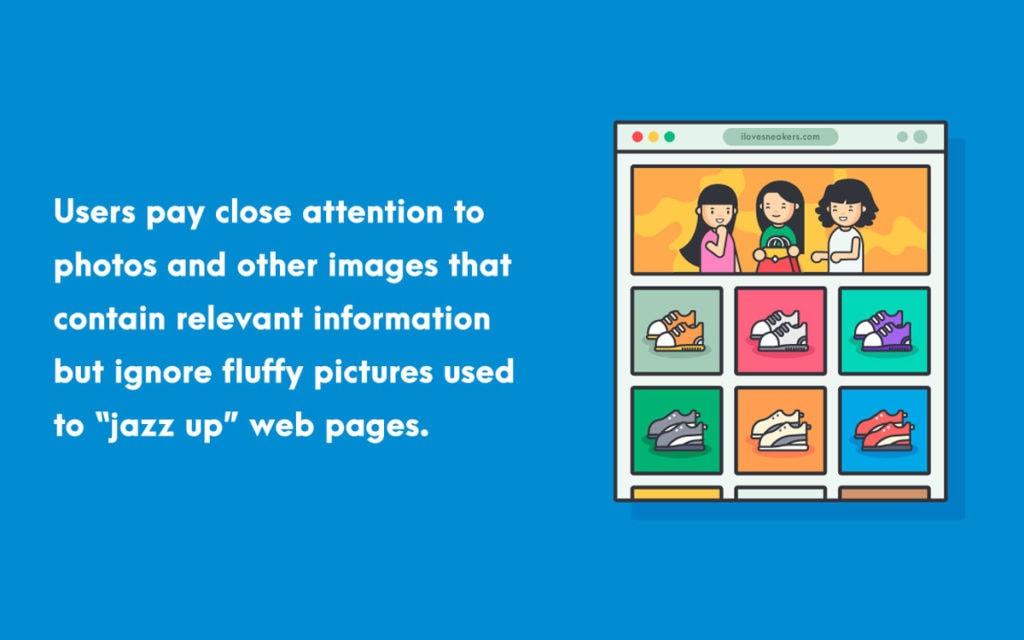
04 Jan Visual Content – How to Bring Your Business Up-to-Speed
Visual Content – How to Bring Your Business Up-to-Speed
We already know that we live in a world inundated with visual content.
Everywhere you turn, there are images, videos, memes, GIFs, and various kinds of imagery that draw your eye.
It’s how we communicate now, sometimes even more than we do with written words.
If your business has been primarily relying on written content up until now, then you might as well be living in the dark ages.
It’s time to bring your company up to speed by improving your visuals and keeping up with the latest trends.
What’s the Deal With Visual Content?

You may have heard it before, but we’ll repeat it.
Visual content is king.
If you’re trying to grab someone’s attention and produce top-quality content, you’ll need to create visual content.
Visual content is so much better than the other options because it is so much easier to digest.
Looking at something is far easier than getting in-depth with it, and your site’s visitors may not always have the time to go through the nitty-gritty details of non-visual content.
On the other hand, if you’re creating something like a video, your site’s visitors will be able to sit back and appreciate your content without devoting too much of their mental bandwidth to doing so.
However, this isn’t the only reason why visual content is so essential.
Another key advantage of this type of content is that it seems like you have much higher production values.
Visitors place greater stock in things like videos, graphs, and images because they associate them with authority.
Anybody can write a paragraph about your intended topic.
Still, the minute you create something like a graph, people will assign a higher value to it because of the perceived effort to make it.
While nearly anyone can write a few lines about a subject, it takes time, effort, and expertise to create visual content about something.
This is why site visitors tend to assign a greater value to it, even though it may not have taken as much work as they think it did.
Finally, visual content is easier to share on social media. Over time, social media algorithms have evolved to emphasise visual content for many of the reasons we mentioned above.
That being said, there are many different types of visual content. Here we are going to look at a few of the best kinds.
Images

First things first: lose the generic stock photos on your main page.
People want to visit your website and see content that was specially crafted for your brand, and that includes images.
If you are going to use stock photos, distribute them wisely through your blog posts and advertisements.
Whether you’re creating a how-to guide or trying to sell an eBook on your website, make sure that the images surrounding your content are highly relevant.
When visuals are relevant, most readers spend more time looking at the images than they do reading the text.
Screenshots, graphics, and tables grab readers’ interest and make them pay attention to the critical information you want to highlight.
Younger generations want to see more social images from brands than older generations do, but with the constant barrage of social media and visual emails, it’s not surprising that they have a preference for visual stimulation.
Now, 32 per cent of marketers says that visual images are now THE most important form of content for their business.
If you have lots of images on your website, make sure that they aren’t slowing down the page’s loading speed.
You’ll need to optimise and size the images to appear crisp and clear at a fast speed, or viewers will leave almost immediately.
For help with image optimisation, turn to FREE optimisation tools like Optimizilla.
Videos
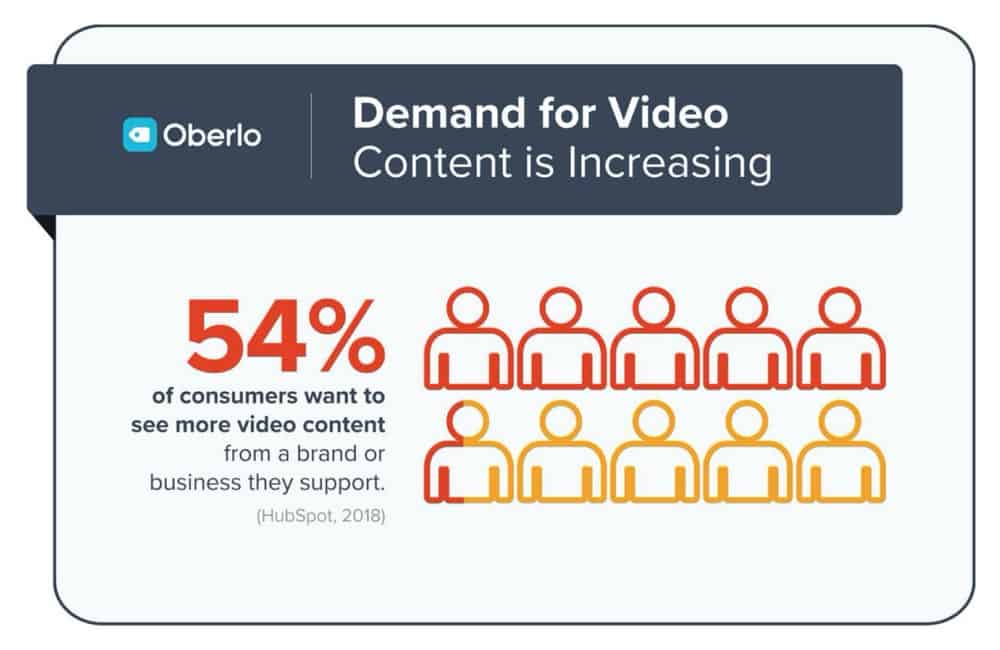
In a 2018 Hubspot survey, over half of the consumers (54 per cent) want to see more video content from the brands and businesses they support.
Video isn’t just used for entertainment nowadays – it’s a powerful method for education and creating high-quality engagement.
Millennials are especially prone to researching and learning via videos rather than with written or audio content.
According to a study conducted by Cisco, it’s possible that 82 per cent of content on the internet will be video by 2021.
It’s not just a passing trend, so if there was ever a time to jump on the video bandwagon, it’s now.
The change is coming whether you like it or not, so it’s smart to be prepared.
Step one in improving your video content is figuring out the basics of video SEO.
Essentially, you need to understand how your videos will be indexed and rank on search engine results pages.
Some strategies will help you rank highly, while others will not.
One of the most significant ranking factors is where you choose to host your videos.
YouTube and Vimeo are certainly some of the top options to explore, and they’ll help ensure that the videos are user-friendly.
These are the sites where most people do their searches for videos, which means your likelihood of reaching a target audience is high.
However, if you want to host the videos on your own website to garner more on-site traffic, you’ll need to find alternative platforms that can help with that.
Software like Wix and Jetpack are good places to start, or you can learn to embed videos from YouTube or Vimeo.
Step two is to consider where your video content will fit into the buyer’s journey.
Turbularinsights found that 64 per cent of consumers purchases after watching branded social videos.
Video is excellent at driving traffic to a brand, and it can be a great way to inform people about the services and products you have to offer while they’re still in the “research” stage of the buying process.
For example, take a look at Caring Band.
This new technology allows people to connect with and support people who are seriously ill.
Their website’s predominant feature is a video that explains how the product works and why it’s crucial. It’s the first thing you see when you load the page.
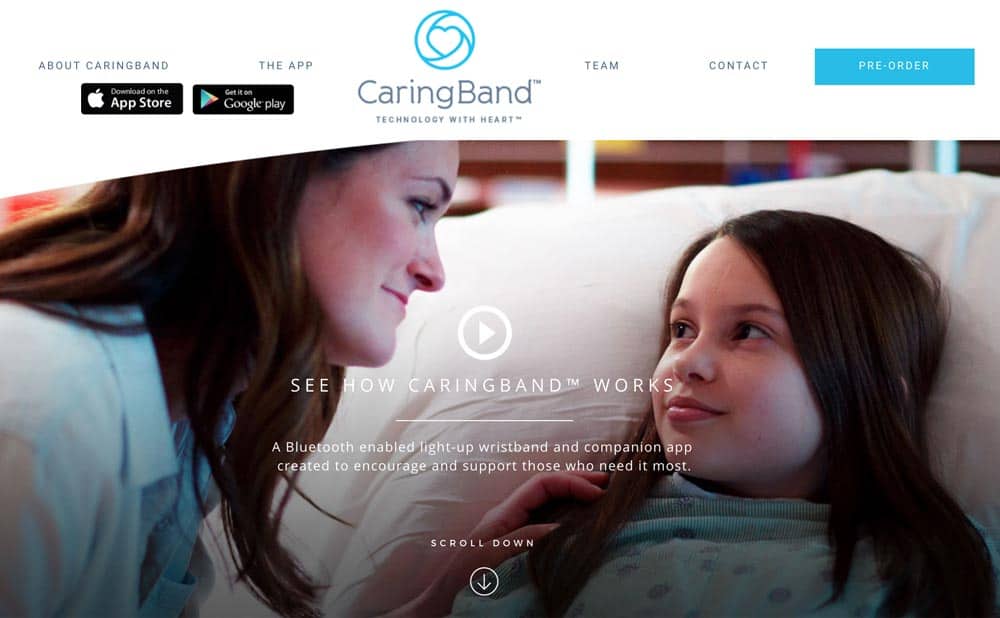
Image Source: Caring Band
Whether you’re emailing videos to your customers, featuring them on social media, or embedding them on your website, it’s a fantastic way to grab attention.
Keep up with the influx in video production by featuring your products/services in informative, engaging ways.
Memes & GIFs
Using trendy memes is a risky move that can either drive users away or bring them closer.
The key is to use them sparingly and intelligently.
If you aren’t sure if a meme is relevant to your work, don’t use it – that comes across as desperate.
If you’re going to use memes and gifs, keep up with the latest uses and the context in which the meme is used.
For instance, look at how the brand Ruffles employed a simple Arthur meme to amuse their Twitter followers.
Image Source: Ruffles Twitter
They didn’t over-stretch to make an amusing post, and it certainly applies to their industry.
It’s humorous, but not too difficult for people to understand as long as they keep up with trends in pop culture and social media.
If you’re going to use GIFs along with still memes, make sure that you don’t post ones that are too long.
The animation length should likely be around 10 seconds and certainly no longer than 30.
Otherwise, people will likely skip right past it before finishing the entire clip.
Additionally, The fast-food chain Wendy’s is well known for its spammy Tweets and use of pop culture, and it indeed relies on gifs in its marketing campaigns.
Image Source: Wendy’s Twitter
Most are only around five or six seconds long, making them easy to watch but still eye-grabbing when people are scrolling through their feeds.
Infographics
Original graphics, including infographics, drive the most engagement when compared to videos, presentations, stock photography, GIFs, memes, and charts.
However, don’t try too hard to create infographics just for the sake of reaching people.
Infographics are compelling when used well but pointless when used poorly.
Think about your brand and which infographics would benefit your personality and audience.
What information and data can you present that will draw people to your company?
What do people really want to learn about your products, success stories, or industry?
Infographics are especially helpful in today’s business landscape because so many of us are overwhelmed by the sheer amount of content online.
It’s simply easier to take in a quick infographic than to sift through tons of written content.
On average, people only remember 10 per cent of what they read, but 30 to 50 per cent of what they see.
For example, look at this infographic from Headspace, a meditation app that also prioritises mental health.
The brand knows that people are interested in bettering their mental health, and therefore, provides interesting facts and tips in the form of infographics.
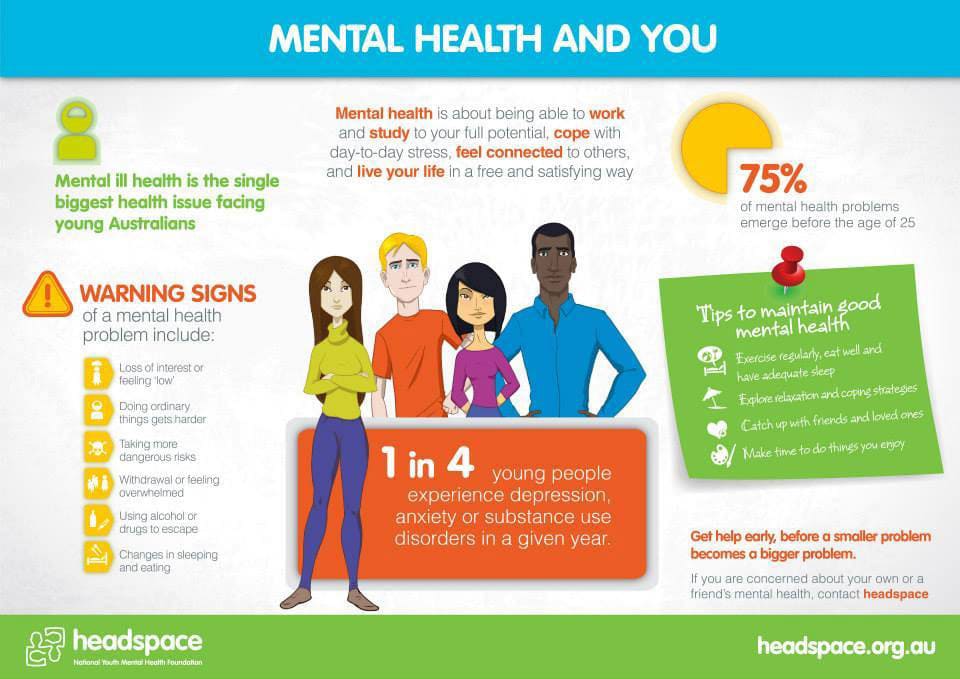
Image Source: Headspace Facebook
The infographic shouldn’t just be pretty to look at and easy to read.
Focus on the headline and how it can fit into your SEO strategy.
The title should register well in Google searches, and people who are on the hunt for information should be able to find it quickly.
Another great way to use infographics is to display information your company has gathered or results it has produced.
Most people don’t want to read through an entire whitepaper to learn how you solved a client’s problems, but lots of viewers would be interested in perusing a brightly coloured infographic that’s easy to follow.
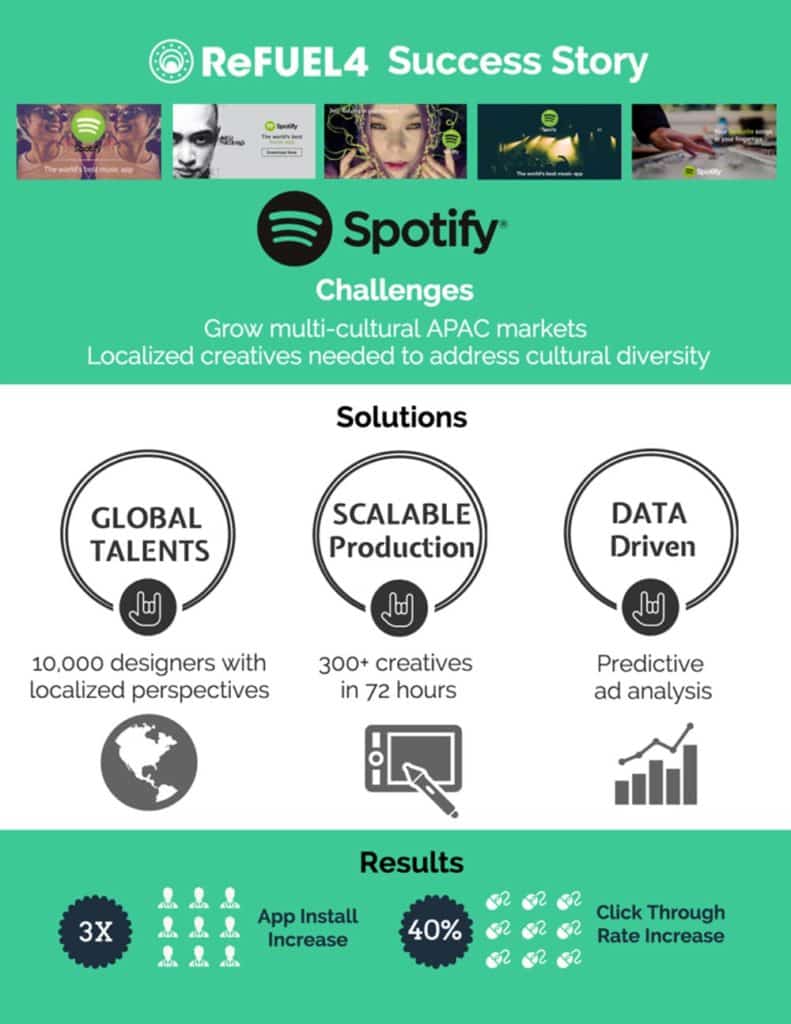
Image Source: ReFUEL4
For example, look at how ReFUEL4 promotes its success stories.
Instead of listing out a bunch of complicated statistics from their experience with a client, the brand simplifies its successes into a few tidy graphic images.
Remember: infographics aren’t just about putting aesthetically pleasing graphics together.
They provide an excellent platform for sharing information that your customers will retain.
Use them wisely, and you can engage with your followers on an even higher level.
In Conclusion
The truth is simple: visual content creation is the way of the future.
If you want your business to stay up-to-date with the latest, most effective marketing practices, producing content in the form of videos, infographics, images, and more is essential.
Otherwise, you’ll start to fall behind while technology and fun media helps your competitors to surpass you.
Take some time to jumpstart your visual content production.
Prioritise the kinds that work best for your industry and brand, then learn how to share the content in the most effective ways.
Over time, creating brand-specific visual content should become like second nature to your team.
